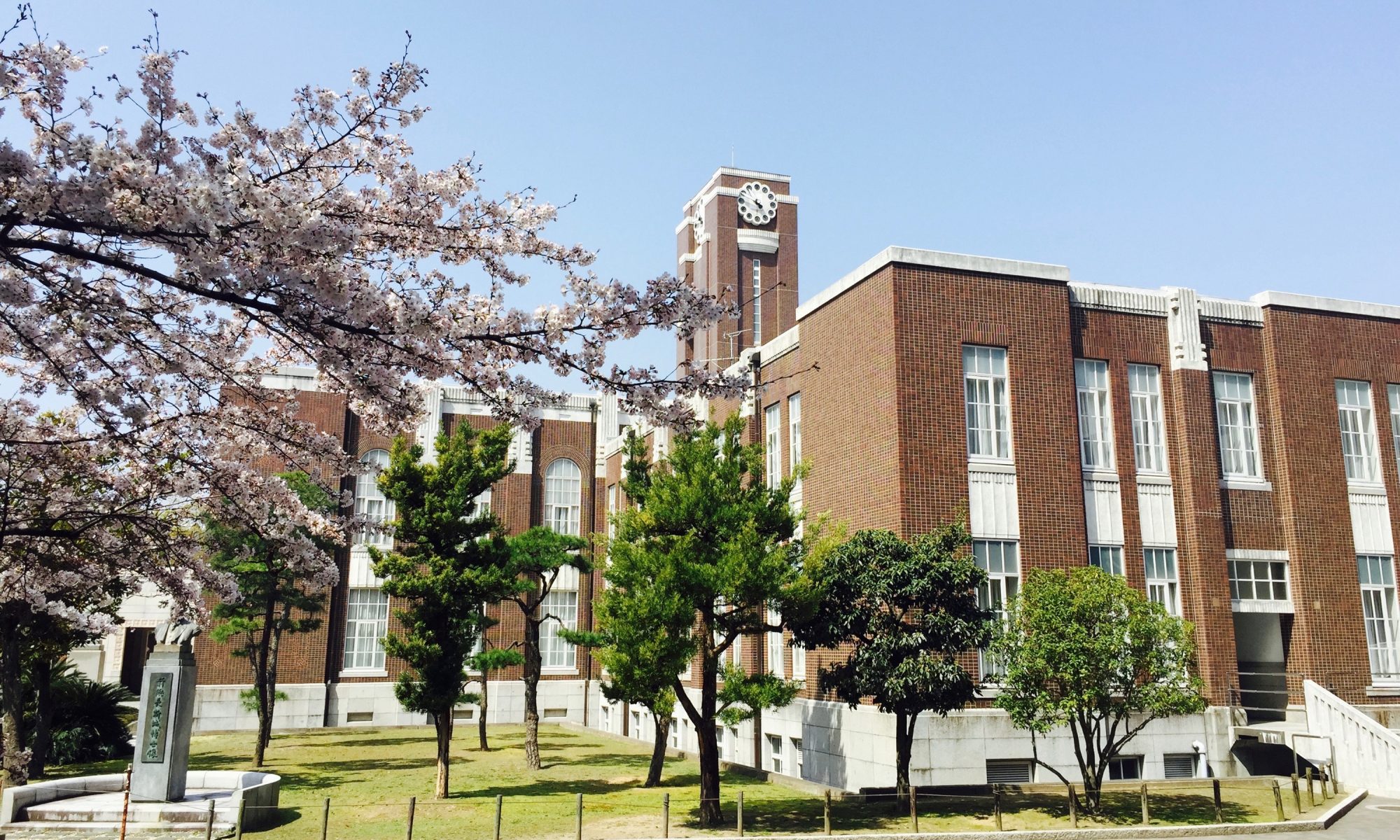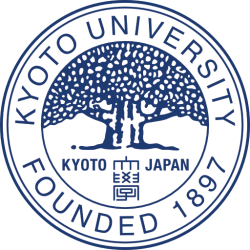Teacher: ASATO Wako
Course Code: JK10006
This course will discuss how welfare regimes intertwine with migration regimes in the process of rapid economic development and demographic change in Asian countries.
One of the features of the Asian economic miracle was not only utilizing the demographic dividend and high educational attainment of its labor force but also accepting migrants, and domestic workers, in particular, to facilitate the participation of local women in the labor market. From the social policy side, liberal familialism in Asian countries justified the maintenance of “family value” and the commercialization and externalization of reproductive work by recruiting foreign domestic workers as extra family members. Sometimes this familialism triggered crossborder marriage for the formation of family welfare, which became the foundation of multiculturalism in some societies. In the process of demographic ageing, some Asian countries borrowed institutional frameworks of welfare states in Europe such as Korea, Japan, and Taiwan. Therefore, the divergence of the
welfare regime of Asian countries is observed.
Course Information
Module: Focus 1 – Foundations
CATS Requirements: BA 3rd. year or above
Day/Period: Wed/5
Location: Lec. 9
Credits: 2
Course Goals
Students will receive basic instruction on welfare policy, migration policy and related policies in Asian countries and will understand how these institutional frameworks operate and their impact on individuals and society.
Course Schedule and Evaluation
For a detailed course schedule, please visit KULASIS.
Evaluation is based on reflection papers (50%) and term paper (50%).


